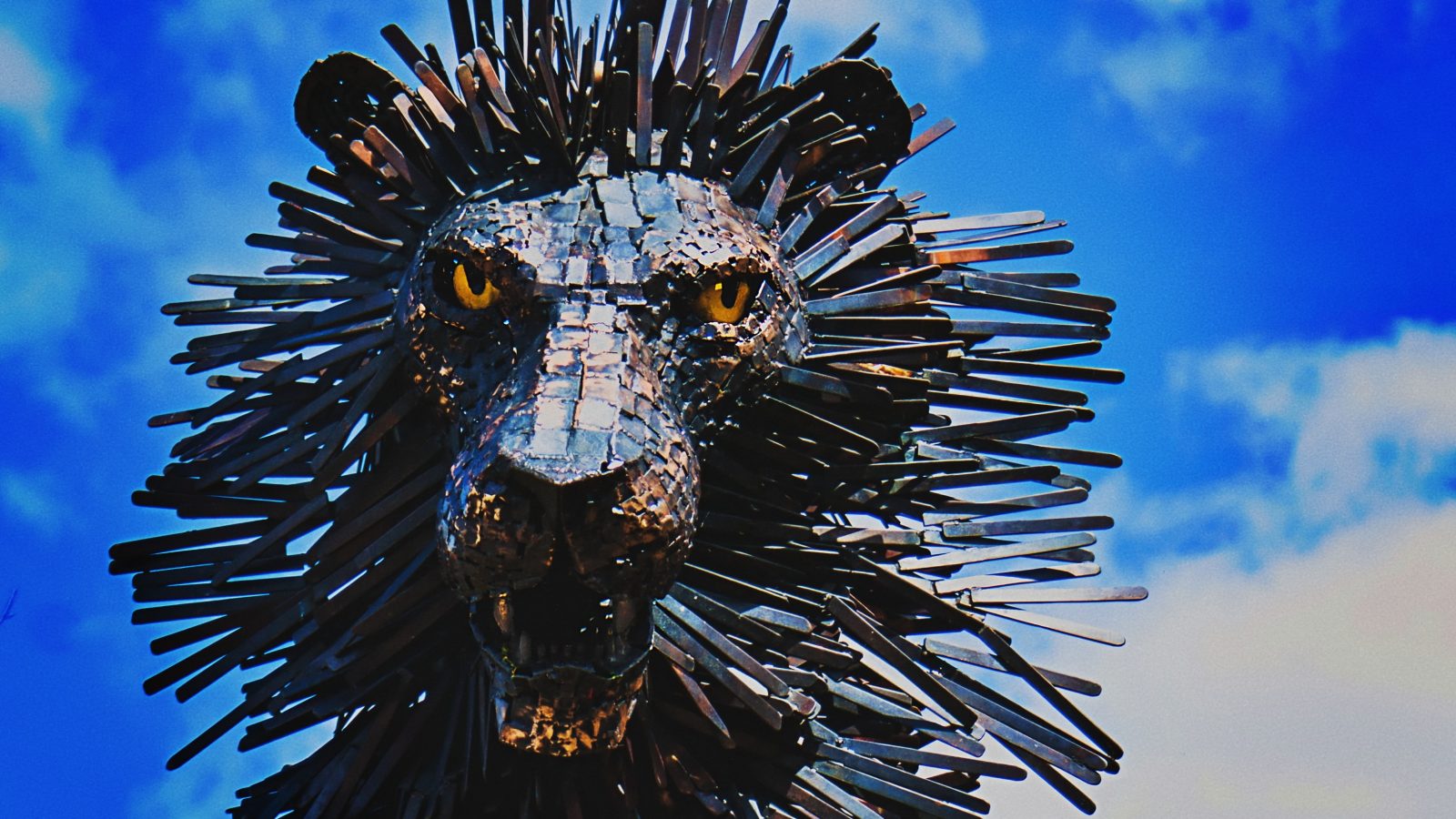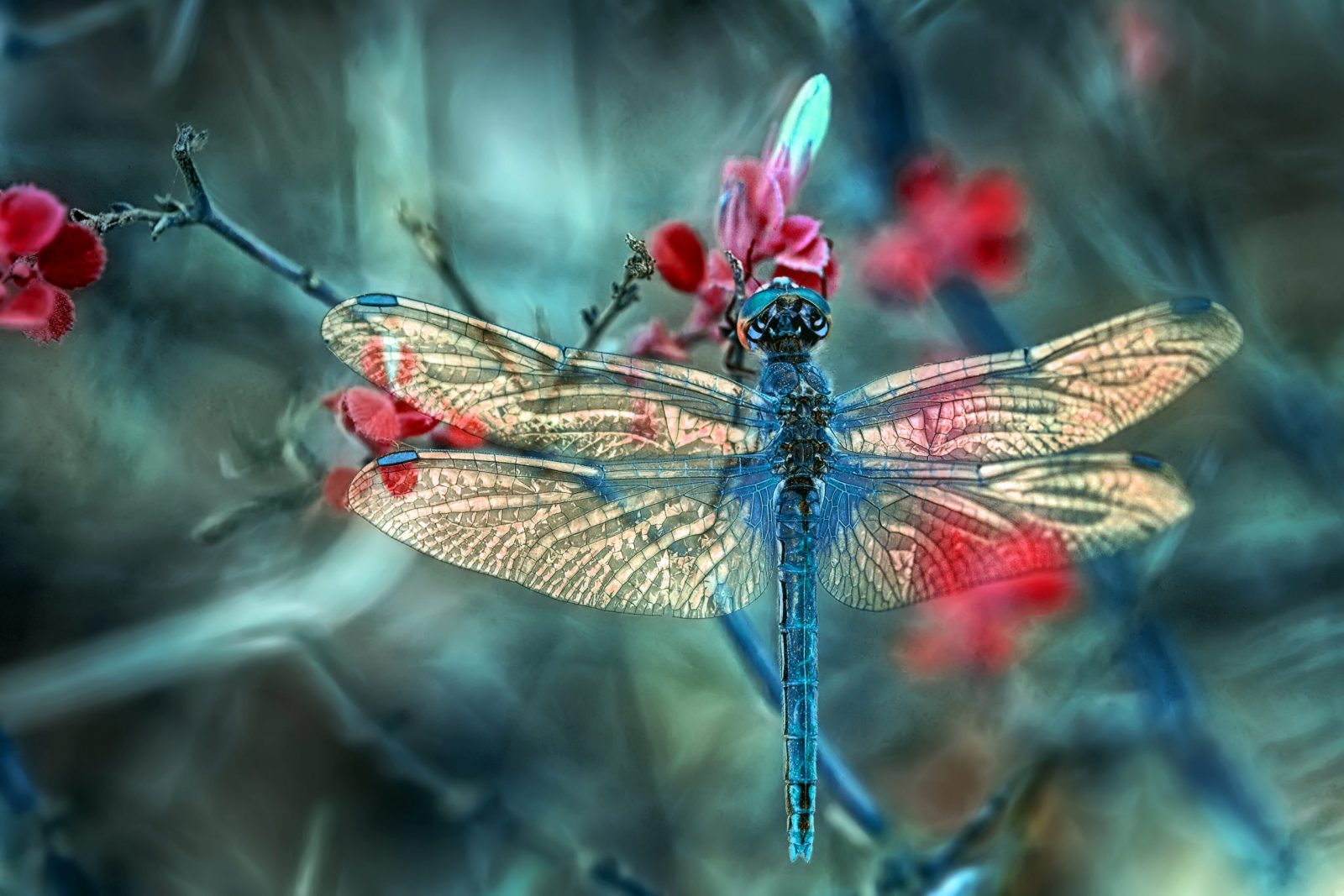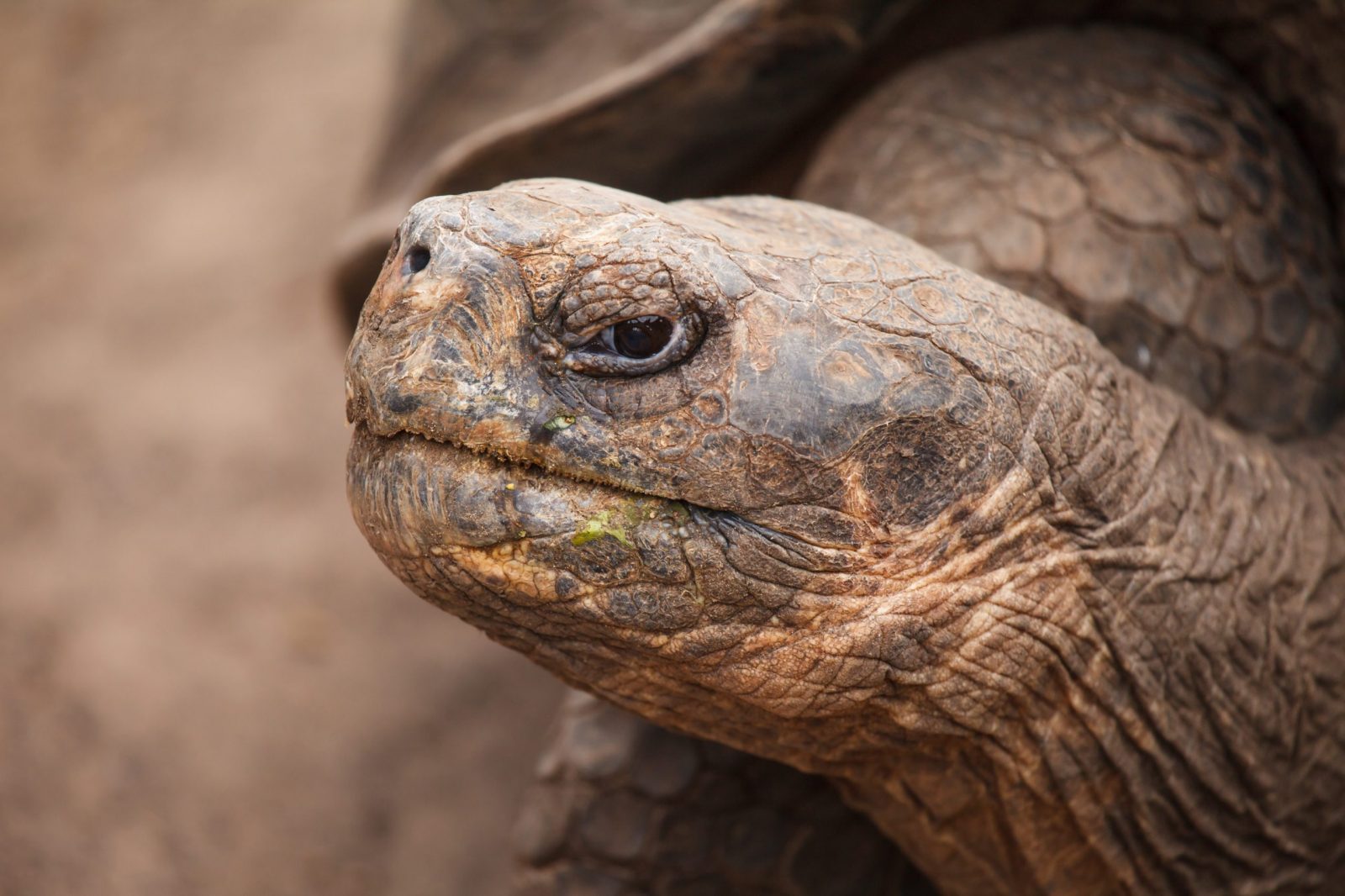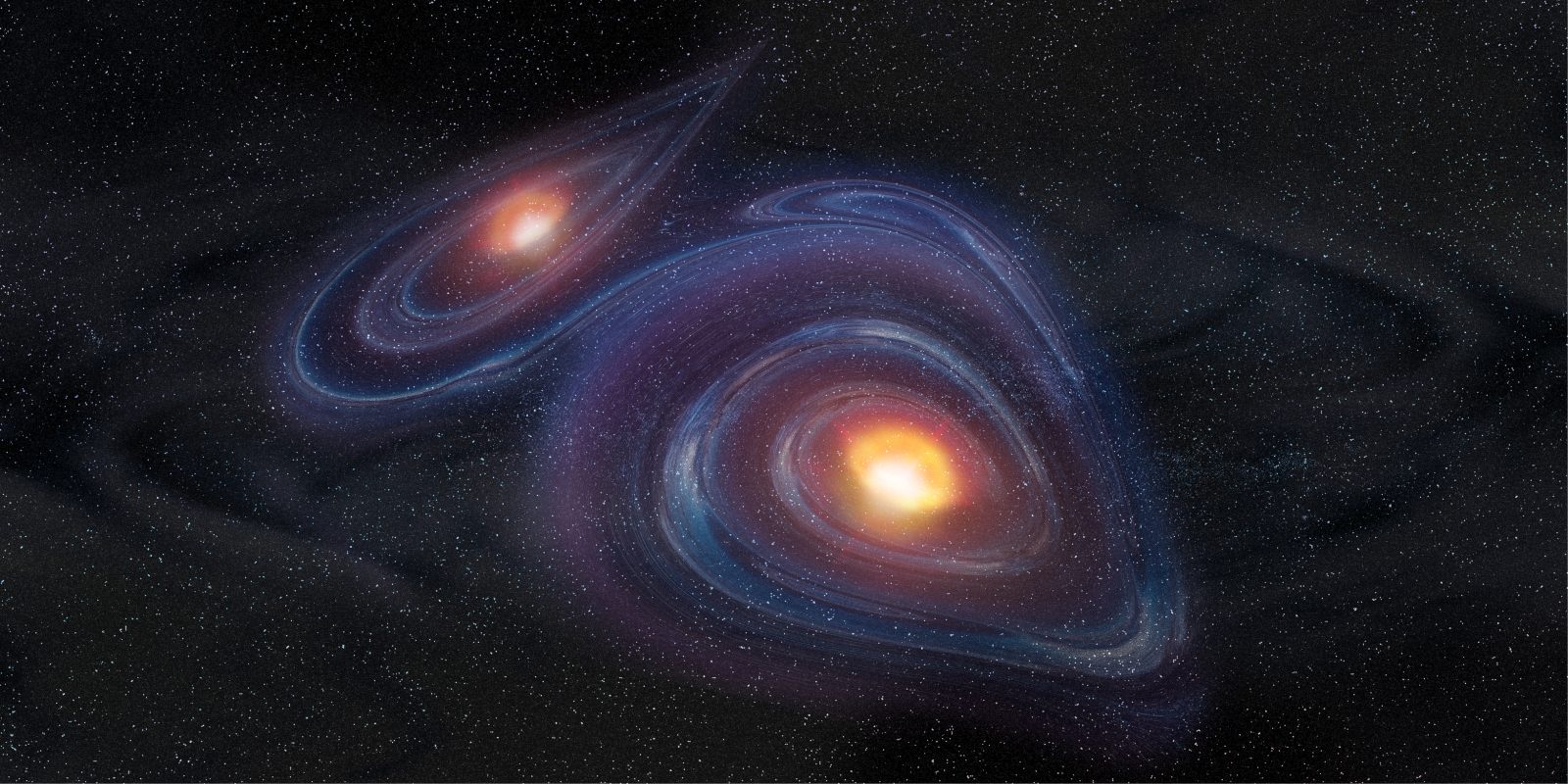
Cosmos: Possible Worlds and the Copernican Demotion Myth
On this episode of ID the Future, host Jay Richards interviews historian of science Michael Keas about a new documentary claiming that Copernicus’s heliocentric model of the solar system “demoted” humans from the place of honor at the center of everything. Neil deGrasse Tyson champions this persistent myth in episode 8 of the new National Geographic series Cosmos: Possible Worlds. The reality is quite different. As Keas explains, in Copernicus’s day, the Earth was thought to be at the bottom of the universe, the “sump” where all the filth collected, while the starry heavens were considered the place of honor. Keas and Richards trace the history of the demotion myth and discuss how Copernicus, Kepler, and other luminaries of the scientific revolution saw the Copernican revolution very differently, as a glorious promotion of humanity’s place in the cosmos.








